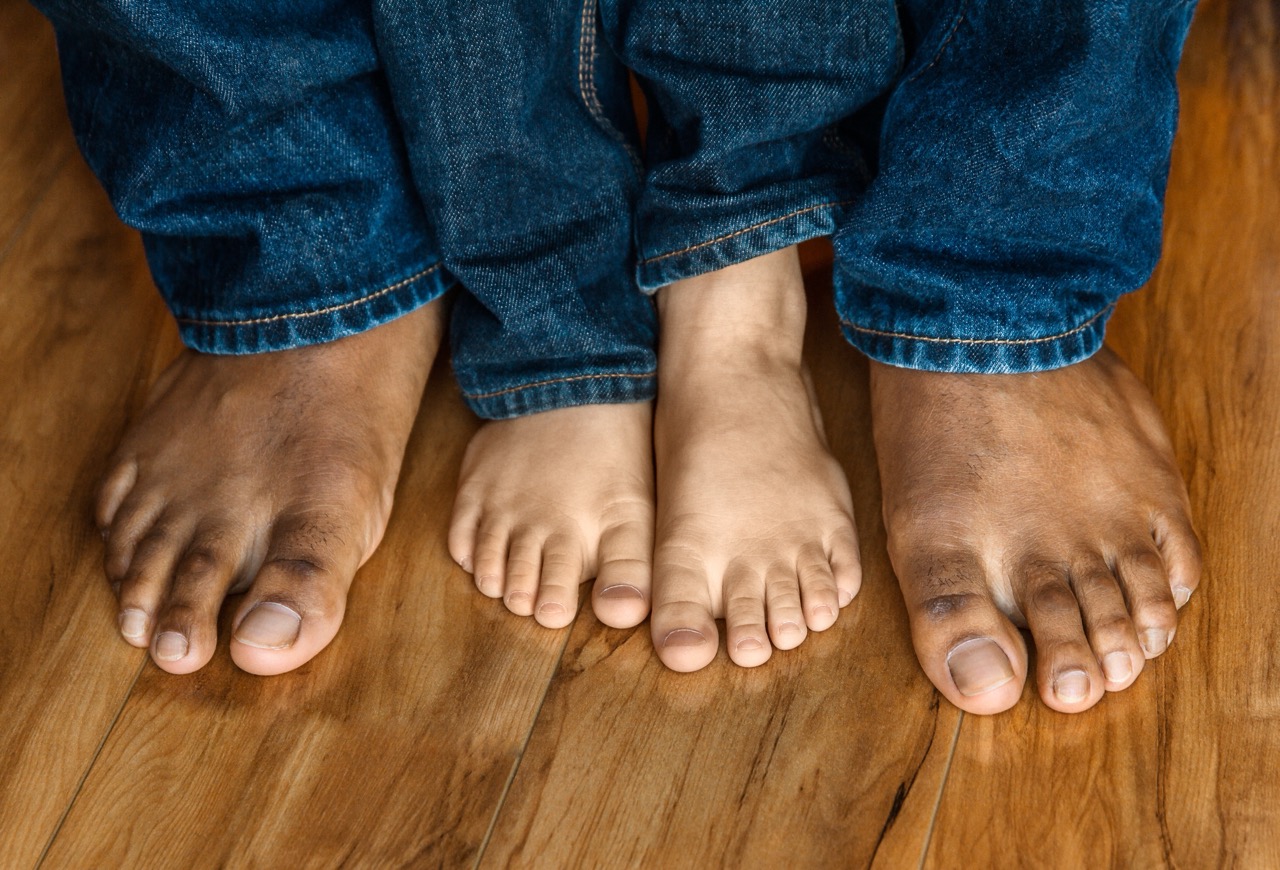How Do I Find Shoes That Prevent Blisters During Long Runs?

Running long distances can be an exhilarating experience, but it can also come with its challenges—one of the most common being blisters. These painful, fluid-filled pockets can derail your training and make each step uncomfortable. Understanding how to choose the right shoes can make a significant difference in preventing blisters and ensuring a comfortable, enjoyable run. This article delves into the causes of blisters, the essential features of running shoes, considerations for fit, and additional tips to keep your feet blister-free during long runs.
Understanding the Causes of Blisters During Long Runs
Blisters are primarily caused by friction, which occurs when your skin rubs against another surface, such as your shoes or socks. During long runs, repetitive motion can lead to this friction, especially when sweat and moisture are involved. The heat generated from friction can cause the outer layer of skin to separate from the underlying layer, leading to the formation of a blister. Identifying the specific areas on your feet that are prone to blistering can help you take preventative measures.
In addition to friction, other factors contribute to blister formation. Moisture plays a critical role; wet skin is more susceptible to abrasion than dry skin. The materials of your socks and shoes can exacerbate this issue, especially if they do not wick moisture away effectively. Moreover, running on uneven surfaces or changing your pace can shift pressure on your feet, increasing the likelihood of blisters.
Finally, existing foot conditions such as bunions or calluses can also affect blister formation. These conditions can change the way your foot interacts with your shoe, leading to areas of increased friction. Understanding these causes is the first step in selecting appropriate footwear that can help mitigate blister risk during long runs.
Key Features to Look for in Running Shoes
When searching for shoes that prevent blisters, prioritize models that feature breathable materials. A shoe with good ventilation helps keep your feet dry, reducing moisture accumulation that contributes to blister formation. Look for uppers made from mesh or other lightweight fabrics that allow air circulation, thereby helping to keep your feet cool and dry during extended runs.
The cushioning and support of a running shoe are equally important in preventing blisters. Shoes that offer adequate cushioning can absorb impact, reducing the strain on your feet. Additionally, a well-cushioned shoe can help minimize the friction that leads to blisters. Look for shoes with strategically placed cushioning that supports your foot’s natural movement and alleviates pressure points.
Another essential feature is the presence of a padded collar and tongue. These components can help reduce friction around the ankle and prevent the shoe from rubbing against your skin as you run. Some shoes also come with seamless construction, which minimizes the number of seams that could potentially irritate your skin. Combining these features will significantly enhance your comfort during long runs and help avert blister formation.
Choosing the Right Fit: Size and Width Considerations
Finding the correct size is crucial when selecting running shoes to prevent blisters. Ensure there is enough room in the toe box, as your feet tend to swell during long runs. A good rule of thumb is to have about a thumb’s width of space between your longest toe and the end of the shoe. This extra space allows your toes to move freely and prevents them from rubbing against the front of the shoe, which is a common cause of blisters.
Width considerations are equally important. Shoes that are too narrow can create pressure points and increase friction, leading to blister formation. Many brands offer shoes in various widths, so consider trying on both standard and wide options. When trying on shoes, wear the type of socks you plan to use for running to ensure the fit is perfect for your running conditions.
Additionally, consider the shape of your foot when selecting shoes. Some brands cater to specific foot shapes, such as those with high arches or flat feet. Getting a professional fitting or using a fitting guide can help you find the right shoe for your foot type, further minimizing the risk of blisters during long runs.
Additional Tips for Preventing Blisters When Running
In addition to choosing the right shoes, wearing moisture-wicking socks can significantly reduce the chances of developing blisters. These socks pull sweat away from your skin, keeping your feet dry and reducing friction. Look for options made from synthetic fibers or merino wool, as these materials offer both moisture management and comfort.
Another effective preventive measure is to apply blister prevention products. Specialized blister prevention balms or tapes can be applied to areas prone to blisters to create an additional layer of protection. These products reduce friction and can also provide a barrier against moisture, further mitigating the risk of blister formation.
Lastly, gradually increase your running distance and intensity to allow your feet to adapt to the demands of long runs. Sudden increases in mileage can lead to added pressure and friction, increasing the chances of blisters. Incorporate proper foot care, including regular inspections for any hot spots or areas of irritation, and consider giving your feet time to rest and recover between runs.
Finding shoes that prevent blisters during long runs is vital for maintaining comfort and performance. By understanding the causes of blisters, identifying key features in running shoes, ensuring the right fit, and implementing additional prevention strategies, you can significantly reduce your risk of blister formation. With the right footwear and practices, you can focus on enjoying your runs rather than nursing painful blisters. Happy running!




